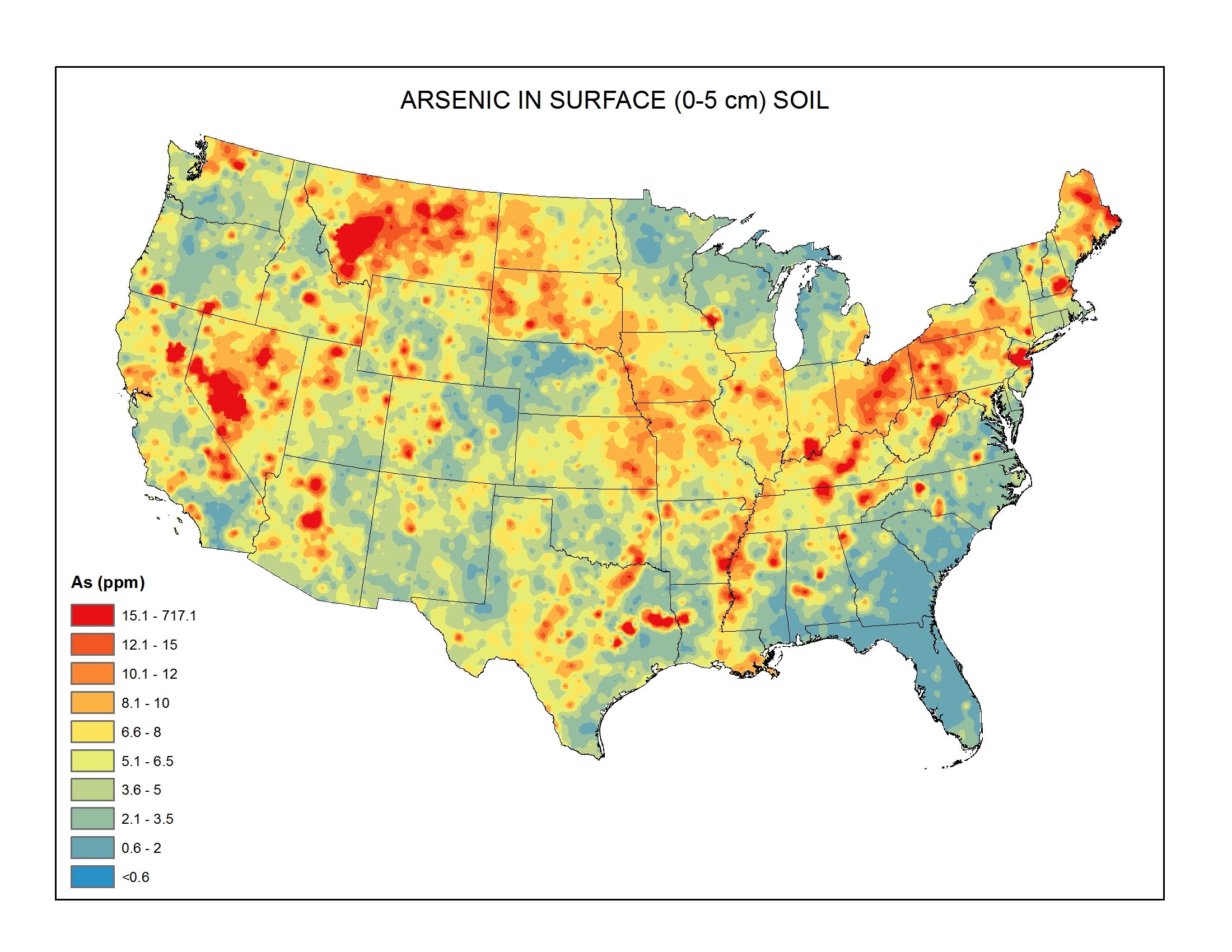The myth that spring water is healthy is not true
The myth that spring water is healthy is not true. Spring water may be great or extremely unhealthy. That all depends on what’s in it. A huge number of people have been led to believe that spring water contains the perfect blend of minerals within a matrix of clean water. I talk to people every day who hold this belief. This simply is not true. These people search ‘find a spring’ to provide healthy drinking water.
Water that emerges from a spring will reflect the land from which it comes. When water resides underground it picks up natural minerals as well as any naturally occurring metals and contaminants, some of which can cause serious harm. Pollution from human sources may also be present. But simply finding a spring far away from human influence is no guarantee that the water will be healthy to drink.
Let me provide you some examples:
The water where I lived in the mountains of southern Utah comes from a spring that is captured and piped to our local community. In many ways it seems idyllic in composition. The mineral content measured as total dissolved solids (tds) varies depending on rainfall. It is consistently between 190 – 210 ppm. This seemed ideal to me until I discovered uranium in my body when I did a hair analysis to check the mineral balance of my body. Testing my water showed that it also contains low levels of uranium. I shouldn’t have been surprised since uranium is naturally occurring throughout the Southwest.
Nitrate is another very serious contaminant that can be present in well water or spring water near agricultural areas.

Downstream of me another spring has similar mineral content but contains naturally occurring arsenic at levels above EPA’s maximum contaminant level (or MCL). Drinking this water regularly can cause arsenic poisoning. The same can be true of springs throughout the U.S.
Map of Arsenic Distribution in the United States

I’ve worked with people throughout the country with well water containing high levels of fluoride, lead, iron, or heavy metals. One might recall that mountains anywhere are often sources of industrial or precious metals. Any of these will be present in spring water that comes from these areas.
I’ve worked with people whose well water was so heavily contaminated that I have advised them not to use it and to find another source. Rainwater is sometimes an alternative.
These maps clearly illustrate that huge portions of the United States are the source of metals that will be in the spring water in these areas. And these are just a couple of the many toxic metals that could be present.
Another form of natural contamination is the minerals themselves
Another form of natural contamination is the minerals themselves. Known as tds this number can vary from very low which would be almost pure water to very high which would be known as mineral water. The lower the tds the more hydrating the water is. The higher the tds the more taste it will have but the less hydrating it will be. This is due to the water’s ability to penetrate your cell membranes which is greater at a low tds. Thus there is a desired range of tds. EPA suggests that drinking water have a tds less than 500 parts per million (ppm). I suggest a range between 30 and 250 ppm. Examples of low tds include reverse osmosis (tds: ~ 10) or distilled water (tds ~ 0). Arrowhead (tds: 81 – 260) Poland Springs (tds: 26 – 60) and Fiji (tds: 210) are all bottled waters with a tds within the range I consider to be ideal. Perrier (tds: 475) and San Pellegrino (tds: 1109) are examples of mineral waters. Clearly drinking a mineral water on occassion is not likely to harm you but if you drink it everyday I think you’ll find that you are not hydrating your body with these waters.
By the way when I checked the minerals in my body I found them to be out of balance even though I’d been drinking spring water for 12 years. The reason: adrenal fatigue. Your body’s endocrine system manages mineral balance and if your adrenals are out of whack due to stress then it doesn’t matter what water you drink.
Unfortunately there are a number of individuals and health practitioners who persist in providing the public with faulty advice about water – even though they know nothing about water. One common misperception is the notion that spring water is the best water for drinking. While this may on occasion be true – depending entirely on the spring itself – it is not a statement that can be made across the board.
There are good springs and bad springs
There are good springs and bad springs and you can’t know which is which without testing the water to see what’s in it. You can buy an excellent water test here.
Finally spring water is very likely to host various bacteria if it is exposed to the surface and/or if animals are able to drink from it. Some species of bacteria are harmless while others such as the fecal bacterias are quite dangerous.
The myth that spring water is healthy is not true - be sure to learn what's in your water source before you assume it is good.
Having listed these caveats there is great spring water out there and if you can find a spring with certain characteristics you would be drinking the best water possible. Look for spring water with a tds between 30 and 230 a pH of 7.4 no dangerous metals and no human contamination and you will have found your ideal water source.
Don’t get caught up in searching for the mythical and idyllic spring water. The myth that spring water is healthy is not true. The purpose of drinking water is to hydrate your body. Make the best of what is coming right out of your tap filtered to remove whatever contaminants are present. In most cases your city water can be filtered to remove contaminants and hydrate your body, providing you with a healthy source of water at your fingertips.



